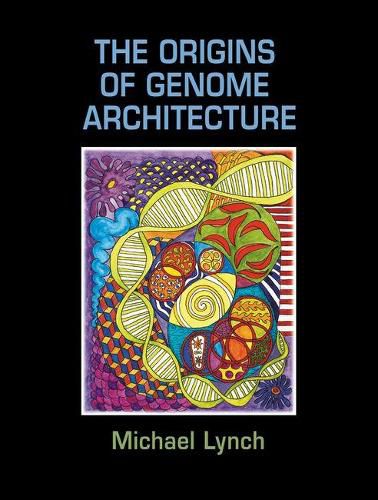Readings Newsletter
Become a Readings Member to make your shopping experience even easier.
Sign in or sign up for free!
You’re not far away from qualifying for FREE standard shipping within Australia
You’ve qualified for FREE standard shipping within Australia
The cart is loading…






With official genomic blueprints now available for hundreds of species, and thousands more expected in the near future, the field of biology has been forever transformed. Such readily accessible data have encouraged the proliferation of adaptive arguments for the evolution of gene and genomic features, often with little or no attention being given to simpler and more powerful alternative explanations. By integrating the central observations from molecular biology and population genetics relevant to comparative genomics, Lynch shows why the details matter.Presented in a nontechnical fashion, at both the population-genetic and molecular-genetic levels, this book offers a unifying explanatory framework for how the peculiar architectural diversity of eukaryotic genomes and genes came to arise. Under Lynch’s hypothesis, the genome-wide repatterning of eukaryotic gene structure, which resulted primarily from nonadaptive processes, provided an entirely novel resource from which natural selection could secondarily build new forms of organismal complexity.
$9.00 standard shipping within Australia
FREE standard shipping within Australia for orders over $100.00
Express & International shipping calculated at checkout
With official genomic blueprints now available for hundreds of species, and thousands more expected in the near future, the field of biology has been forever transformed. Such readily accessible data have encouraged the proliferation of adaptive arguments for the evolution of gene and genomic features, often with little or no attention being given to simpler and more powerful alternative explanations. By integrating the central observations from molecular biology and population genetics relevant to comparative genomics, Lynch shows why the details matter.Presented in a nontechnical fashion, at both the population-genetic and molecular-genetic levels, this book offers a unifying explanatory framework for how the peculiar architectural diversity of eukaryotic genomes and genes came to arise. Under Lynch’s hypothesis, the genome-wide repatterning of eukaryotic gene structure, which resulted primarily from nonadaptive processes, provided an entirely novel resource from which natural selection could secondarily build new forms of organismal complexity.